Mastering the Match Cut
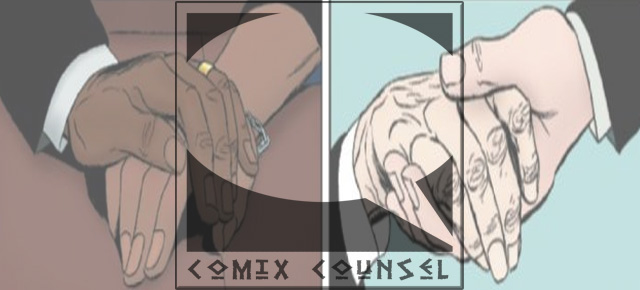
Let’s talk transitions again, shall we?
A few columns ago, I talked about the power and importance of establishing shots for setting up your scenes, and for taking the reader along for the ride as you transition from one scene to another. Steven followed up with a bit more on establishing shots in his recent Bolts & Nuts column on panel descriptions and camera angles. It’s all good information, and building blocks for strong comic scripting.
I offered that it’s usually good practice to start new scenes with a proper establishing shots. However, there are plenty of exceptions to this rule. Good creators will use other transition techniques as well, and I’d encourage you to play with these once you’ve mastered the basics.
The match cut is one such transition technique.
From the great Wikipedia, “a match cut is defined as a cut in film editing between either two different objects, two different spaces, or two different compositions in which an object in the two shots graphically match, often helping to establish a strong continuity of action and linking the two shots metaphorically.” Once you’re aware of the match cut, it’s almost impossible to not to notice them, as it is a technique used often in film.
Recognize these? What follows are two of the most famous match cuts in history:
Alfred Hitchcock’s Psycho. (Jump to the 2:40 mark if you don’t feel like watching the whole scene.)
Stanley Kubrick’s 2001: A Space Odyssey
These are just the most famous examples. But I’m telling you, these happen ALL the time in flicks. If you have any favorites, definitely share in the comments below.
While the term “match cut” is clearly a film editing term, if you look closely at your comic stack I bet you’ll find no shortage of match cuts there as well. Like film, comics is a visual medium, and this transition technique still works. Recently, Dan Slott used them masterfully in the opening silent sequence of Amazing Spiderman #655. If you’re a long-time Spidey fan, make sure you grab this issue. The opening sequence was released as a preview, so I’m including it here so you can see what Slott and Marcos Martin have done.
Beautiful, isn’t it? In these four pages, we have a very economical transition from Jonah’s mansion, to Parker’s apartment, to the Daily Bugle, to outside the church. Brilliant stuff.
It really is amazing how versatile the match cut technique can be. In the Spidey example above, the cuts transition the reader from different locales in New York City in more or less real time, while the 2001 match cut takes the reader from the dawn of time to the distant future. (Well, technically, 2001 is now the past…but whatever.)
In EPIC #1, I’m employing a match cut to transition from the huge opening eight-page action sequence, back to months before Epic got his powers. Here’s a snippet from my script…
***
CAP- I didn’t think it would end like this. No, I always figured my death
Panel 1 – Okay, here’s the visual trick I’d like us to capture. I’d like for the transition from Panel 3 of page 8 to panel 1 of page 9 to be the comic equivalent of a match cut in film. In THIS panel instead of a shot from inside the dinorilla’s mouth, we’ve got a shot from inside a toilet bowl, looking up at ERIC ARDOR’s face, which is plunged in the toilet water. He’s holding his breath and not having a good time.
CAP- …would involve a toilet.
SUPER – Nine months earlier.
BOYS (OP) – SWIRL-EE! SWIRL-EE! SWIRL-EE!
And here’s how the those two panels came to life, courtesy of Matt Zolman‘s pencils and Vic Moya‘s inks.
Needless to say, I’m digging it.
So there you have it. Match cuts. Use ’em when they make sense, and get that warm, tingly, Hitchcockian feeling all over.
***
![]() Tyler James is a comics creator, game designer, and educator residing in Newburyport, MA. He is the writer and co-creator of EPIC, a superteen action comedy, and Tears of the Dragon, a swords and sorcery fantasy. His past work includes OVER, a romantic comedy graphic novel, and Super Seed, the story of the world’s first super powered fertility clinic. His work has been published by DC and Arcana comics.
Tyler James is a comics creator, game designer, and educator residing in Newburyport, MA. He is the writer and co-creator of EPIC, a superteen action comedy, and Tears of the Dragon, a swords and sorcery fantasy. His past work includes OVER, a romantic comedy graphic novel, and Super Seed, the story of the world’s first super powered fertility clinic. His work has been published by DC and Arcana comics.
Tyler is the publisher and co-creator of ComixTribe, a new website empowering creators to help each other make better comics.
Contact Tyler via email (tylerjamescomics@gmail.com), visit his website TylerJamesComics.com, follow him on Twitter, or check him out on Facebook.
Related Posts:
Category: Comix Counsel

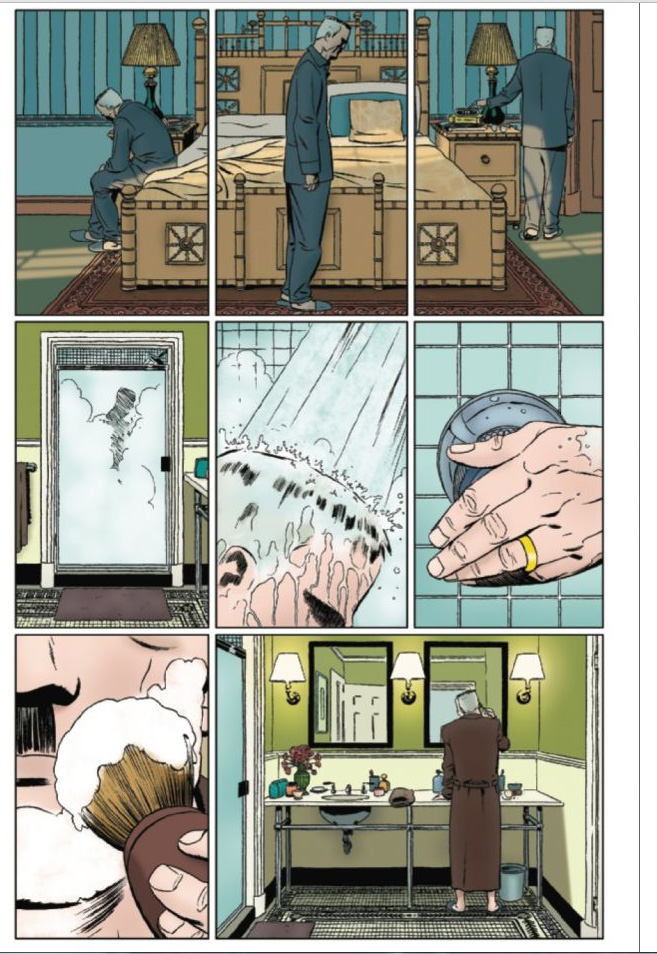
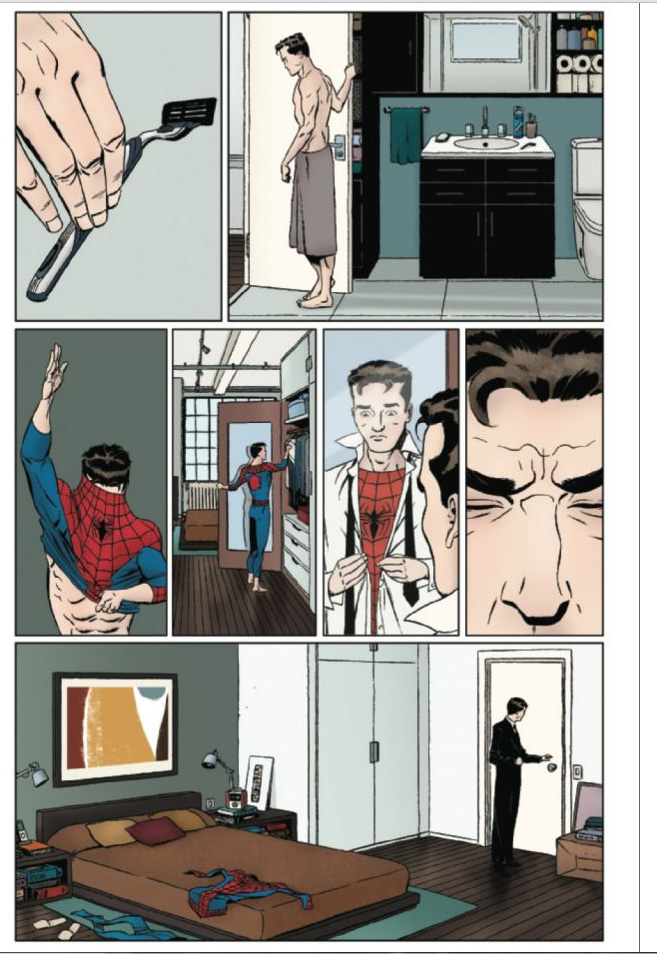
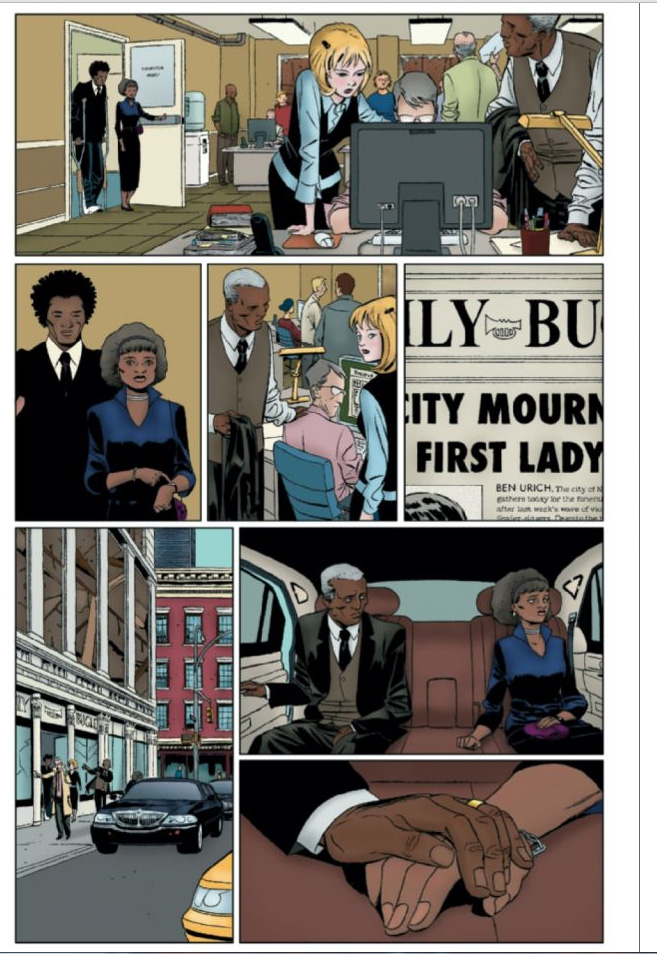
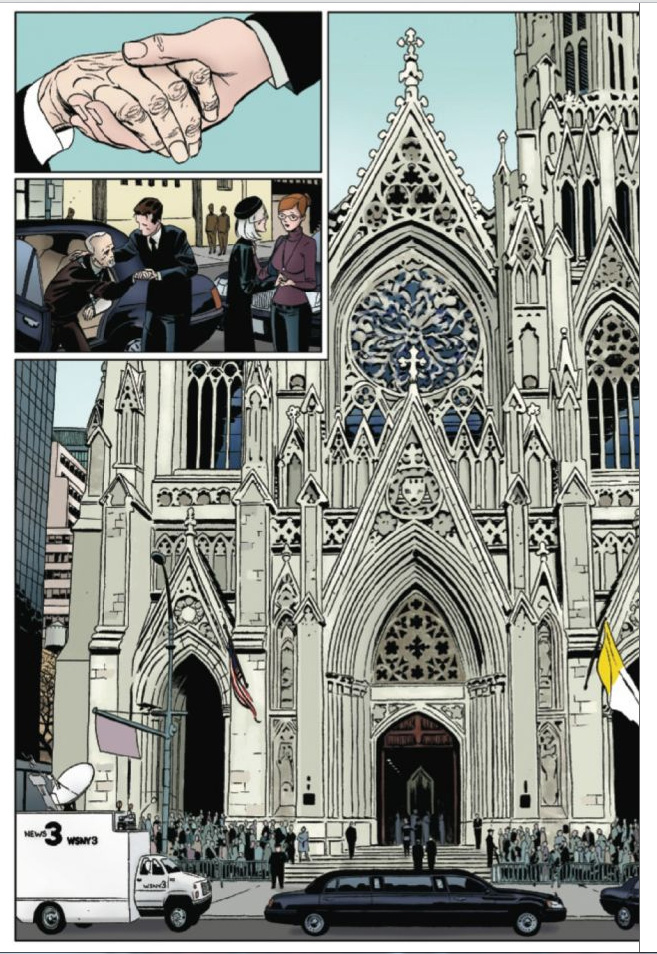
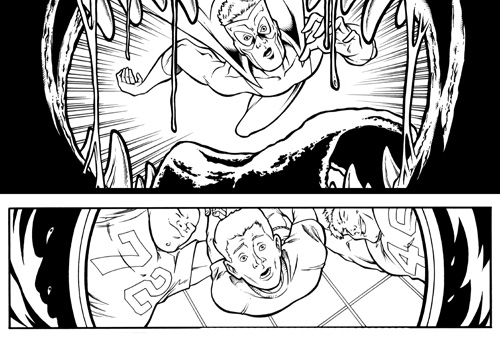
















“Final Destination 3”, while being utterly dumb and unremarkable in just about every other way, stands out for having one of my all-time favorite movie match cuts, found at the very end of this clip:
http://www.youtube.com/watch?v=aRuuPhibtoQ
Ooh. That is a great one! Good stuff, John.
Take a look over at the forum for Week 20 of Yannick’s POINTS OF IMPACT, where I’ve written a breakdown of 10 different methods of scene to scene transitions through match cuts used in comics, using examples you and Yannick have given in your articles.